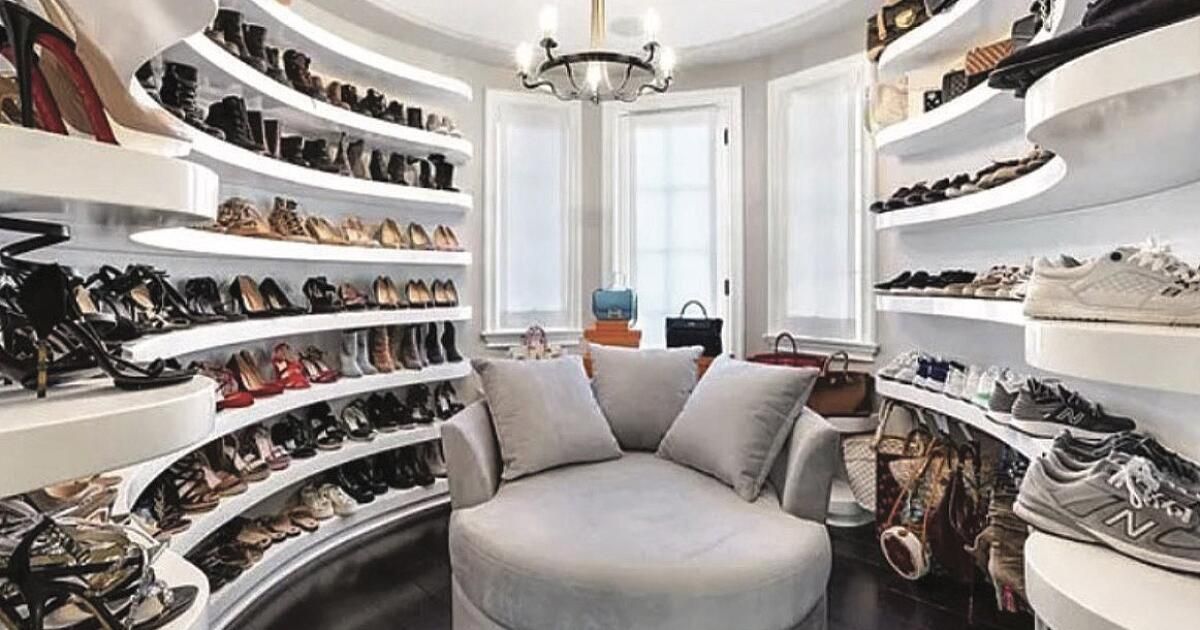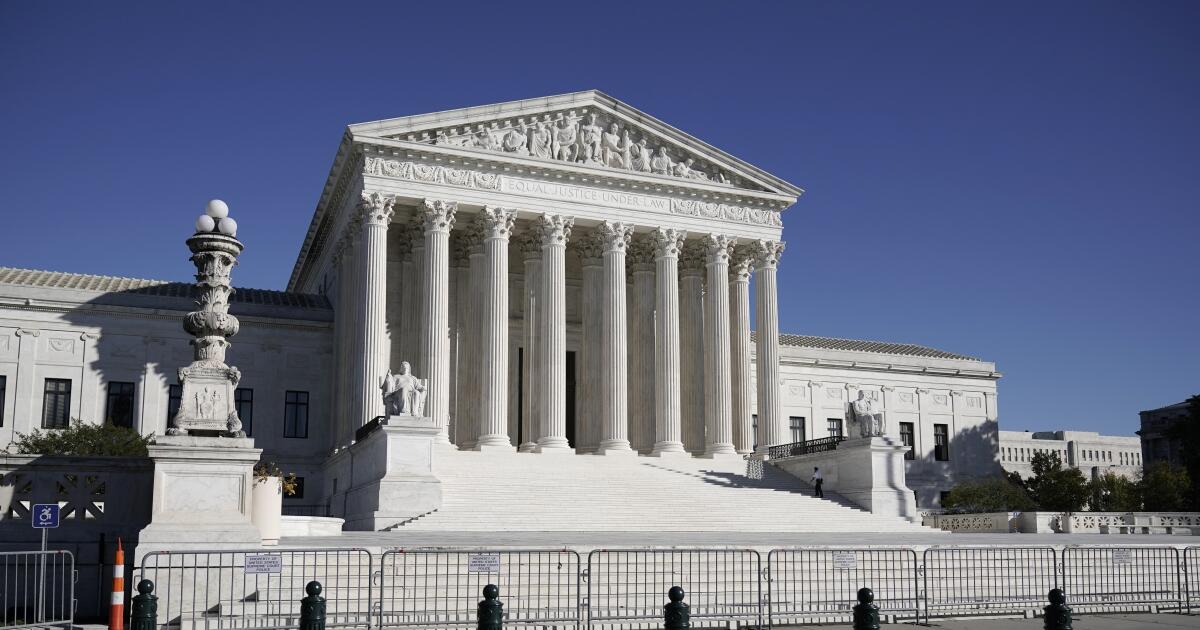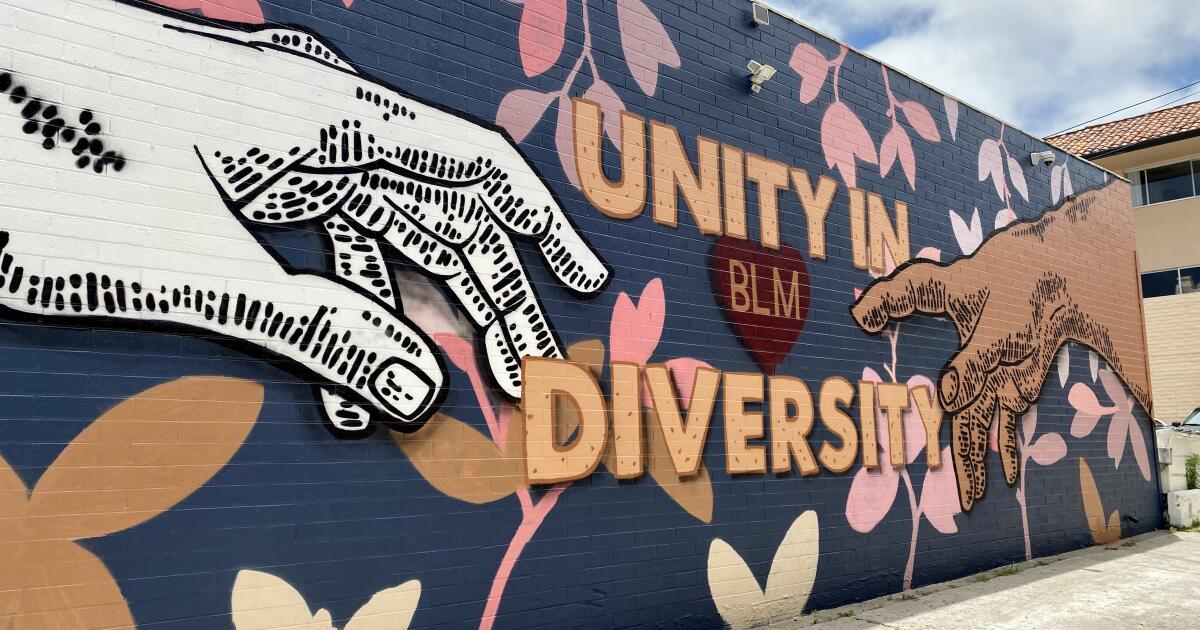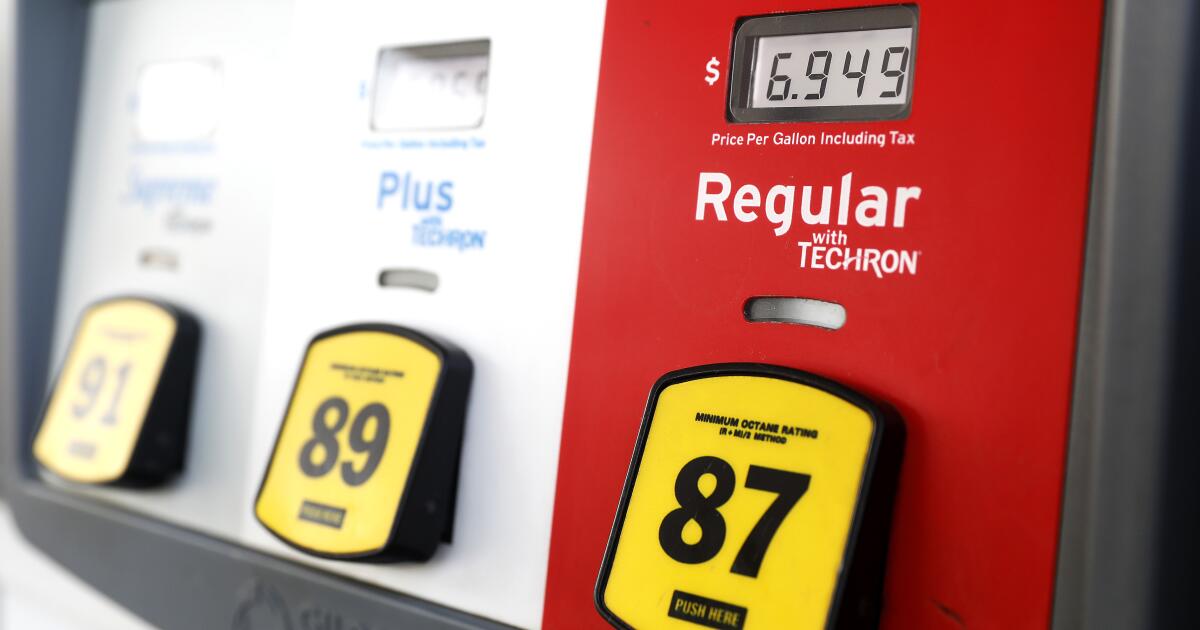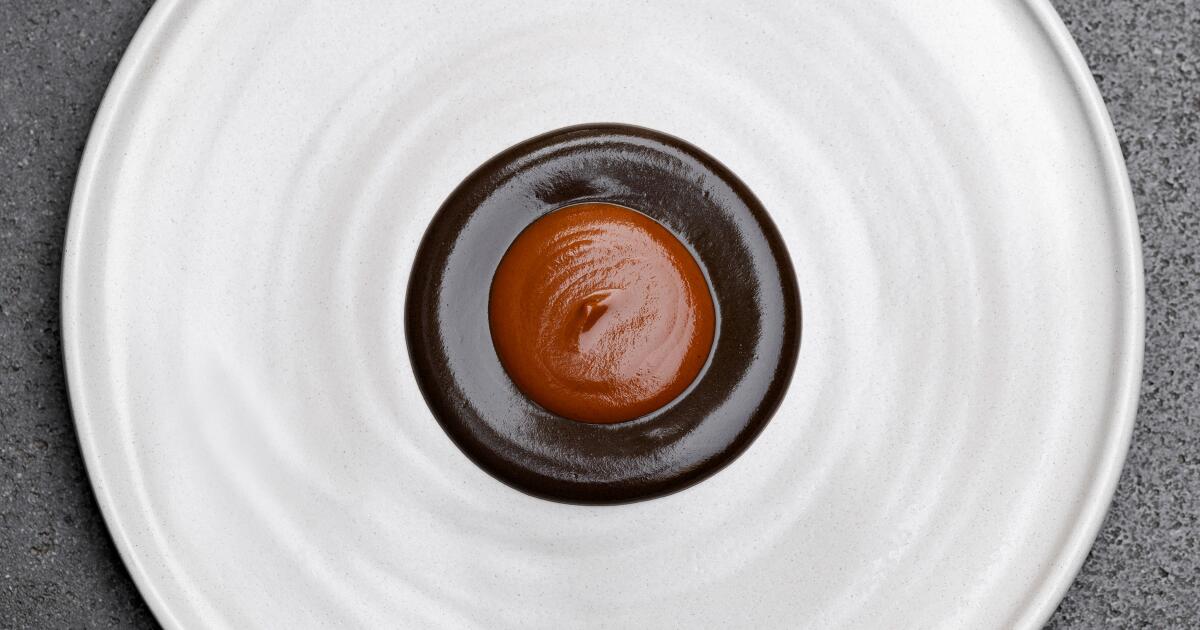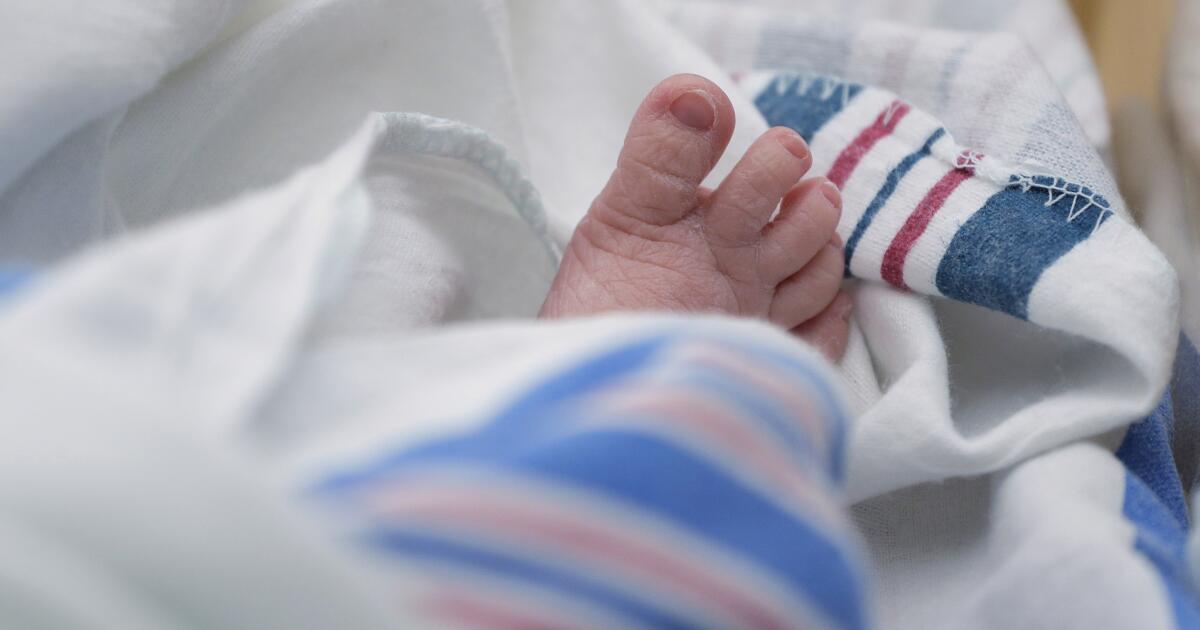As Hurricane Milton approached Florida last month, a mother in suburban Tampa went viral on TikTok for her refusal to obey evacuation orders. When talking about feeling safe staying in her home, she said: “My husband built this house commercial. It is residential, but it was built. commercial grade.” She brandished the phrase like a crucifix.
It's not hard to see why commercial quality is a balm for apocalyptic fears. The phrase evokes both the familiar milestones of the consumer's life and the infrastructure built to withstand its incessant change. Commercial grade is the conveyor belt that delivers Krispy Kreme to the airport and the system that supplies oxygen when you're 30,000 feet in the air.
The equipped bunkers that only the rich can afford speak to both senses of the term. They feature state-of-the-art air and water filtration systems, bullet- and blast-resistant walls, and, nestled within all that industrial might, the kind of commercial-grade fun their occupants might miss while the world burns: bowling alleys and movie theaters, lazy rivers and kart circuits.
These latter amenities reveal the aspirational side of the commercial level. It's a classic thing for the rich, and when the media talks about houses like Candy Spelling's mansion in Los Angeles, they don't usually cite the most expensive features, but rather the commercial ones, like her gift-wrapping room.
He does Feel undeniably luxurious, making the commercial residential. There's a reason most kids don't fantasize about owning a modest ranch house. They dream of bulletproof, fortress-like abundance: locking themselves inside a Costco, sleeping in the Mattress Emporium, having everything they need wrapped around them like a hug. And although even a child knows that you can't live in a tent forever, the fantasy becomes achievable if you bring the tent home. You can have a soda machine in the kitchen and a McDonald's in the lobby, like Richie Rich.
A certain type of wealthy adult still nurtures this dream. My father's parents (middle class but pathologically frugal) never even bought him a baseball glove, and he will always be correcting this sense of deprivation. When he finally got a house with a guest room, the first thing he did was equip it with a minibar and one of those hotel-style luggage racks. It's got the same set of steak knives you got at a Lone Star Steakhouse, the same sheets you sleep in at a Hyatt, and attics, garages, and storage spaces filled with backups of everything you need. For him, the American dream is not Rolexes and Ferraris. It's inventory.
But why is McDonald's at Richie Rich's house more exciting than an attendee who can pick up a Big Mac at any time? Isn't a vending machine that dispenses free soda just a refrigerator with extra steps? For many people, it's much more exciting to simulate a purchase without having to pay a dollar, eliminate the transaction but keep the rest.
This proposal is particularly seductive for people for whom a purchase is something tense and stressful. Your dream of prosperity is not a store where you can buy whatever you want but a store where everything is free because you already bought it. This distinction becomes especially striking in light of supply chain shortages that continue to impact years after COVID-19 lockdowns. During the pandemic, many Americans had the shocking experience of being able to afford something, but not being able to buy it. It makes sense, then, that the joy of the home pinball machine lies not only in the unlimited play, but also in never having to search for a quarter.
Ray Oldenberg coined the term “third space” to describe public spaces (cafes, parks, shops, churches) that are essential for fostering a sense of community outside the home (the first space) and work (the second). But as the cubicle class sees the second space fold into the first, the third space appears to be doing the same. Why go to a park when you have a garden, or to a coffee shop when you can drink barista-quality espresso in your kitchen? When everything you need can arrive at your door, there is no need to go to a store. Basically, we have the store at home.
I want to ridicule this impulse as isolationist, a symptom of everything that is wrong with America, but I also understand it. In my city, it takes me 30 minutes to walk to my favorite supermarket. Naturally, I wish it were closer. I start to wish it was a 15-minute walk, but then I wish it was just five minutes away, or better, across the street, or better, on the ground floor of my building, so I don't even need to go outside. It starts with reasonable amenities: a washer and dryer in the unit, a small green area, a quiet ride. But if you follow this optimization to its logical end, if you design your perfect city, your perfect home, you can quickly find yourself alone in a bunker.
Once Hurricane Milton passed, more than 120 homes in its path were devastated. Tropicana Field needed a new roof, but it had survived, as had the hospital. And, after a 10-day absence from TikTok, the Tampa mom posted a serene video from her back porch, with the sun setting over the Gulf. The storm may have been biblical and her house may have suffered a few leaks, but she was right: the business type prevailed.
Emily Mester is the author of the upcoming book “American Bulk: Essays on Excess.“

